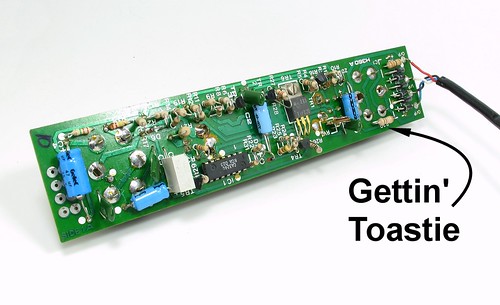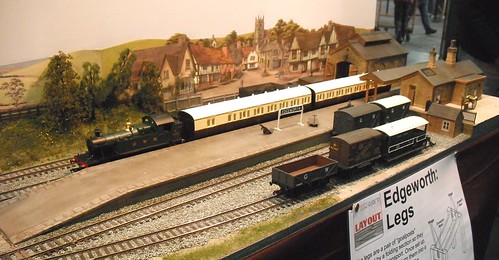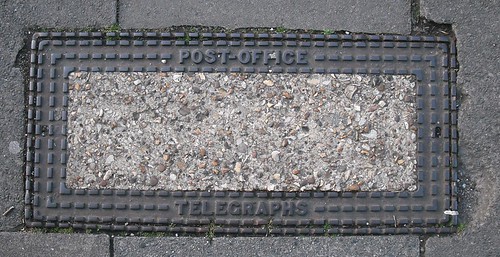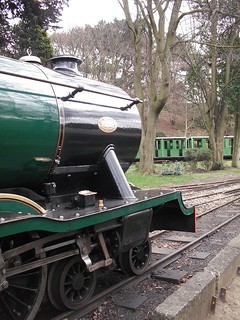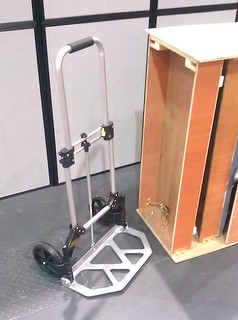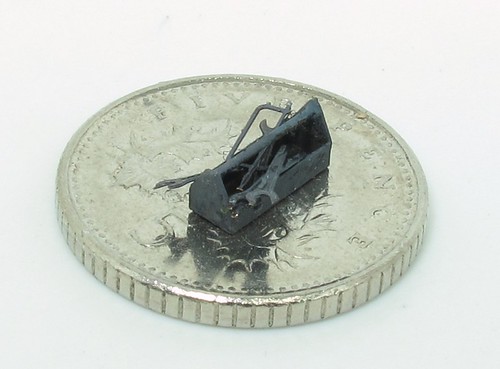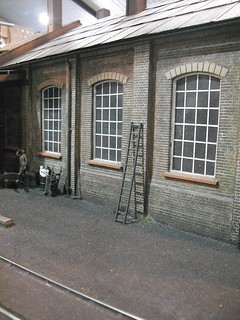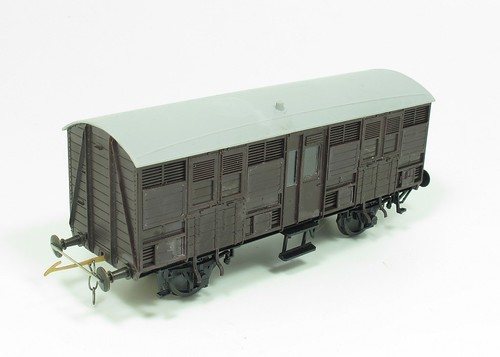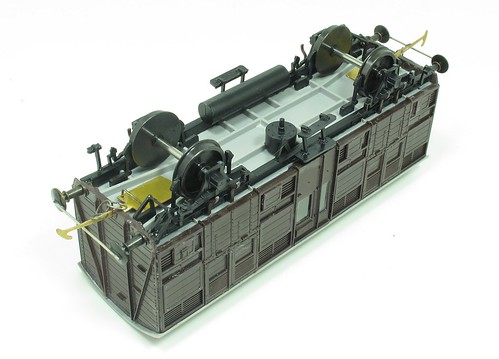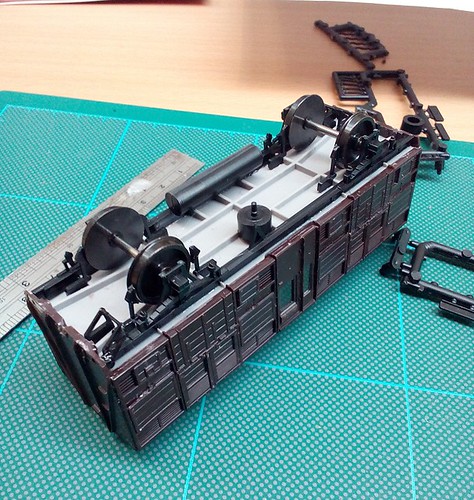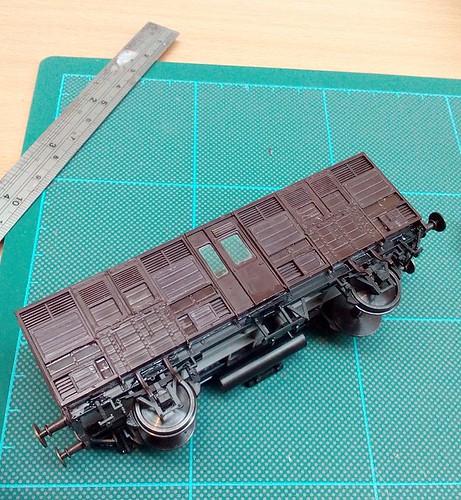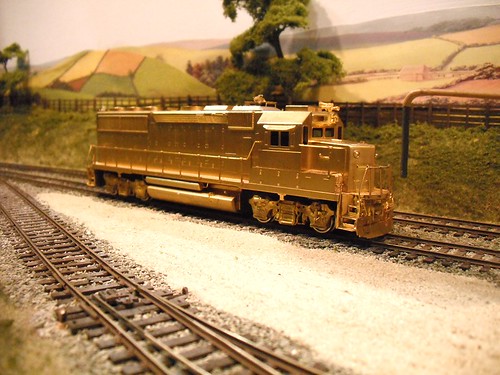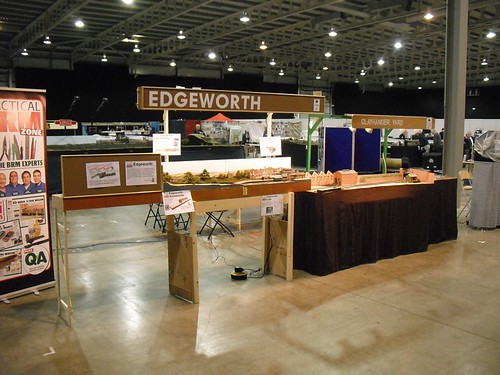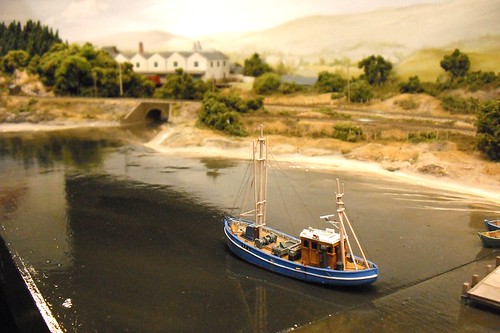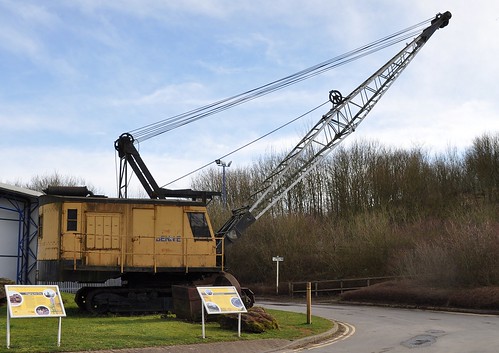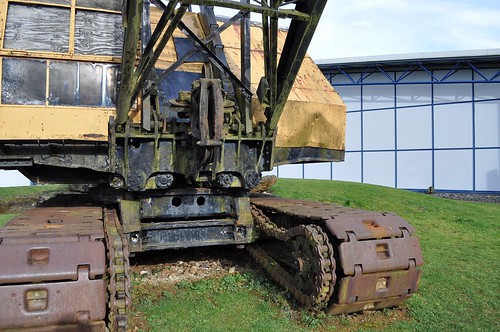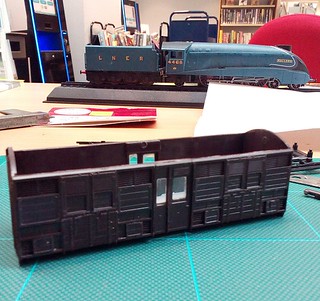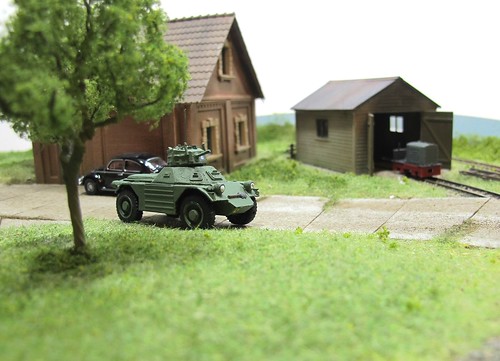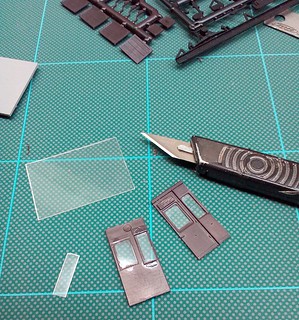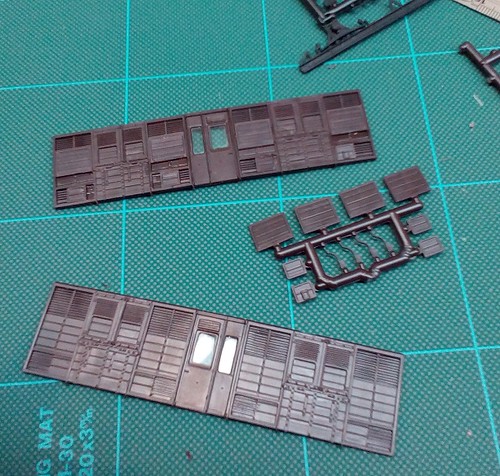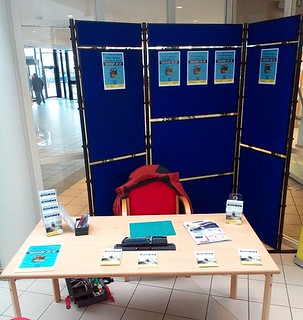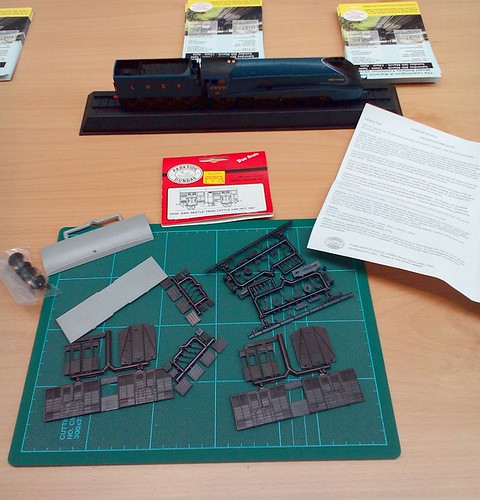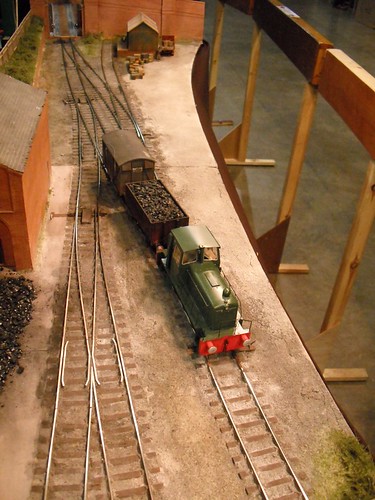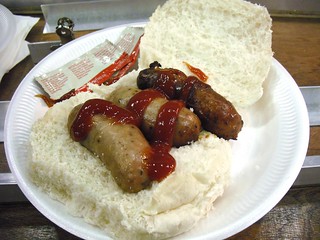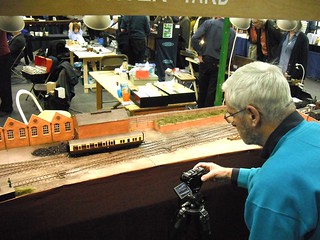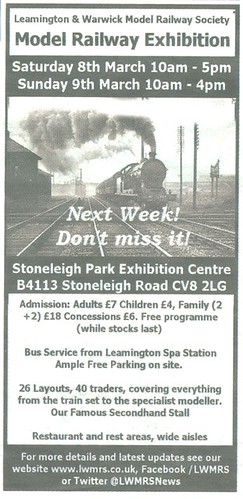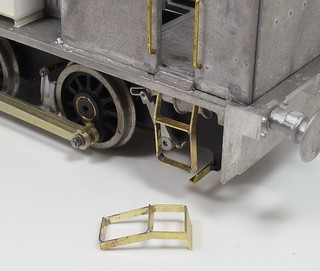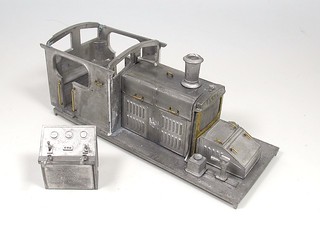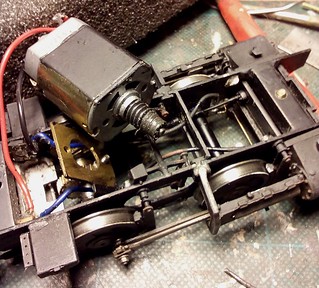
From Leamington, Alexandra Palace isn't too bad to drive to, even on a Friday afternoon. Well, it wasn't last Friday anyway. Maybe most of the Londoners were at home sewing buttons on their pearly King costumes or rolling out the barrel. Whatever, a trip I hadn't been looking forward to wasn't as horrific as expected.
Anyway, as usual, I arrived at the wrong half of the hall, found out where I should be and then proceeded to unload and set up
thanks to my new trolley. About half way through this, the rest of the team arrived and we put the Practical BRM section of the exhibits together.
Thankfully, I was able to leave my car in the service area of the hall and cadge a lift to the hotel - a trip of nearly an hour. Andy is used to driving in the smoke, and his satnav got us there as quickly as traffic on the North Circular would allow. Presumably all the Londoners had finished sewing and were heading out to the old rub-a-dub for and evening of watching Mother Brown get her knees up.
On Saturday, after a hearty McDonalds breakfast (the hotel didn't start serving until after we wanted to be at the hall) we pitched up at the show for a mooch, final setting up and general hanging around. Nick Freezer dropped off a back of rolling stock for the layout. It seemed appropriate as his father, Cyril, had designed the track plan!
The stock was a mixed selection of GWR items dating back at least 25 years. The Airfix B set looked great, especially attached to a Prairie tank. I'd not planned on acquiring one of these until I saw it on the model - now I really want one as it looks fabulous, even if this and a 2-coach train are about half an inch too long for the fiddle yard.
Advance ticket holders were let in at 9:30am but they all sprinted for the Bachmann stand to see what goodies were on sale at bargain prices. One of our first visitors was a Dutchman who handed me a sealed parcel which contained something I couldn't make out as his accent was strong and my hearing hasn't recovered fully from a recent cold. Needless to say, I put it under the table and left well alone.
After a while the crowds made it to us and I started talking beginners railways. Well, that and pizza layouts as I'd brought the finished model to the show, where it sat with a big button that made the train work and proved incredibly popular.
With a layout full of stock, new BRM editor, Ben Jones, took it upon himself to be the "Operating Monkey" and make things move. This would have been a bit easier if I'd fitted uncoupling ramps, but a dental tool found in the toolbox was pressed in to service and worked OK. It was certainly interesting to see how well the model worked - not something I've done before. The general feeling from Ben and Andy, who couldn't resist a go as well, is that the layout works really well - a passenger service and bit of shunting makes for fun playing trains!
At 2pm I headed off to the BRM Theatre where just over 50 people were waiting for me to talk about building layouts. I'm not sure how, but I managed to rattle through the 40 minute talk in around 30 mins. Still, everyone clapped politely and there were a few people queueing up at the end to ask questions.

Back at the stand, the Dutchman arrived to collect his parcel. Apparently it was for the
MERG group behind us - their labels were on the back of the boards that made up the stand and he mistook us for them.
I still have no idea what was in the packet.
Chucking out time arrived and once the last people had left we headed back to the hotel. The plan was to go out for a meal but I sat on my bed and woke up just over 2 hours later. A couple of missed calls told me I had long since missed the boat for dinner...
Sunday started as Saturday but an hour later for us. I had time for a quick stroll to discover the bit of London we were in didn't get up very early unless it worked in McDonalds. Fortunately, that breakfast wrap is lovely, something I've never said about their pre-burger food until now.
Again, the crowds took around an hour to find us but once they did, the day followed the same pattern as Saturday. Lots of questions and plenty of chat. We sold out of layout building supplements (set of 3 for 2 quid - a bargain). My talk lasted a bit longer today and judging by the feedback in person and on RMweb, went down well.
Ben had brought along a couple of new locos, a Garratt and P2, that attracted a lot of attention. This meant I didn't feel guilty not operating the layout. Visitors seemed happy to take photos of these rather than see some GWR action. This left me plenty of time to engage with visitors, show them around the back of the layout, explain what I'd done and why. Some even professed to be so enthused that they were going to head home and have a go at their own versions.
At the end, we knocked down and then carried the model down the apples and pears as the cargo lift was only working intermittently. The stairwell was decorated with photos showing various acts who had played the 'pally over the years. I'm pretty sure that The Rolling Stones, Jay-Z and Florence & the Machine have roadies to all this sort of thing...
The trip home wasn't quite as smooth as the one in - Mrs Satnav likes the North Circular and I don't so there was a bit of messing around with me trying to find the M1 and not the M40. How anyone drives in London is a mystery as I only went 10 miles and wanted to start two fights especially with a taxi driver who didn't feel the normal rules of rights of way applied to him.
Still, an enjoyable show, if hard work. If you dropped by to say hello, thanks very much. It's really nice to meet so many readers of this blog. My hope is that a few more people who weren't building layouts before the show are now at least considering having a go. At the start of both talks I asked how many people had a layout and only half the hands went up. There is work to do.
I'm afraid it's another "I didn't get out much so there aren't many photos" time,
what there are, can be found on Flickr.
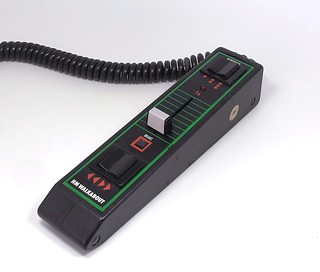 Back in the 1980s, H&M produced what I consider the coolest model railway controller ever made - the walkabout.
Back in the 1980s, H&M produced what I consider the coolest model railway controller ever made - the walkabout. 